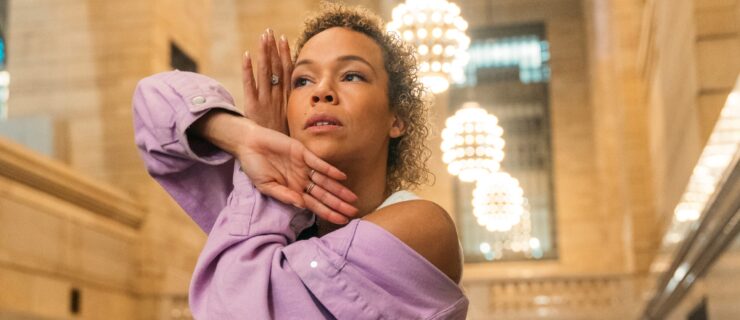Here's What to Do If You Find Out Your Company Is Closing
Relegated to the last phases of COVID-19 reopening, many dance companies have hung on precariously through slashed ticket revenue, reduced government funding and slowed philanthropic giving.
“A heartbreaking reality is that some companies may not recover financially from this pandemic,” says Nora Heiber, the Western executive at the American Guild of Musical Artists. Many large companies will survive by tightening their belts, but smaller groups, hardly with an abundant cash flow to begin with, may face closures, leaving their dancers afloat in a tenuous job market. We asked three experts, including a dancer who has been through a company closure, to weigh in on what to do when your job disappears.
When You Hear the News
When Chanel DaSilva found out in December 2013 that the Trey McIntyre Project would close the following June, she didn’t wait for the last curtain call to start putting feelers out for new gigs. “When I was younger, I had this idea of, ‘Oh, when something ends I’ll send an email or I’ll audition, and then I’ll just roll into a company,’ ” she says. “And that’s not always how it happens.”
The first things she did when she heard the news were make a website, update her bio, resumé and headshots, and create a dance reel. She then had all of those materials ready for step two: reaching out to her network. “Friends are actually more valuable than money when you’re in transition,” she says. “Directors and choreographers don’t want to work with strangers. They want to work with people who come highly recommended.”
A month before TMP closed, the company’s former executive director John Michael Schert connected DaSilva with Lar Lubovitch, who was searching for dancers to join his upcoming season. With Schert’s endorsement, DaSilva landed the gig and was dancing with Lubovitch by August.
Immediately Upon Closing
Many dancers won’t have advanced notice about their companies closing. Heiber adds that AGMA companies’ exit pay and severance provisions often don’t protect dancers from force majeure events like COVID-19, which might force a company to suspend its contractual obligations entirely. Many nonunion dancers won’t have such protections to begin with.
During this time, take stock of the fundamentals. Patricia Schwadron, career counselor supervisor at The Career Center of The Actors Fund, cites Maslow’s hierarchy of needs: “It’s hard to be investing creative time if you’re stressed about your rent, if you don’t know where your food is coming from,” she says. Begin by budgeting your monthly costs, and look ahead to see how much runway you have before you’re completely cashless. The Actors Fund has free resources and counselors available to help you navigate health insurance options and unemployment benefits in your state.
Navigating the Transition
Without a company making her schedule, at first DaSilva found herself becoming lackadaisical about taking regular classes. “I was out of shape and a little bit depressed because I wasn’t feeding my craft,” she says. In addition to keeping her instrument healthy and spirits high, attending classes and performances helped her connect with people who later thought of her for jobs. “It’s really easy and understandable during this time to turn into a bit of an introvert,” she says, “but I had to counteract that by staying on people’s radar, remaining a part of the conversation.”
COVID-19 has, luckily, increased options for virtual and affordable classes. DaSilva recommends signing up for those given by the directors or dancers of companies you admire, keeping your Zoom camera on and being sure to thank them afterwards. Schwadron agrees, noting that voicing appreciation for somebody’s work you admire is a tried-and-true networking strategy.
Outside of taking class, DaSilva recommends actively participating when companies, choreographers and artists are holding live performances, digital roundtables or other events. You can also produce and post your own work on social media. Just make sure that any digital content you’re presenting—including your Instagram profile—is polished and professional, Schwadron adds.
Long-Term Uncertainty
It’s an incredibly precarious job market for performing artists in a world where people don’t feel safe in theaters. Schwadron recommends her clients cultivate what she calls a “portfolio career,” which sustains you through multiple income streams. “It’s not advising people to find things outside of dance,” Schwadron says. It’s asking, “What are you good at and what might you be able to spin into gold that would complement your commitment to the dance work?” She’s had clients consider everything from teaching Pilates to lactation consultancy to software engineering. While many of these classes are now offered virtually, degrees and certifications can be cost prohibitive. The Actors Fund offers scholarships through its Career Transition For Dancers program.
Finally, if you really feel like you’ve hit a wall, remember that you don’t have to face it alone. One of DaSilva’s biggest takeaways from her transition period was to not be afraid to ask for help. “In fact,” she says, “the times when I started moving forward instead of just standing still were when I was brave enough to just open my mouth and say, ‘I am struggling.’ ”




